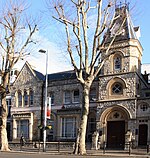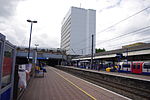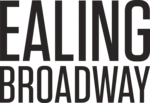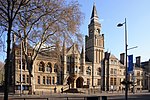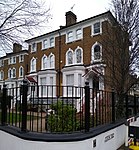2001 Ealing bombing
2001 crimes in the United Kingdom2001 in London21st century in the London Borough of EalingAC with 0 elementsAttacks by Republicans since the Good Friday Agreement ... and 7 more
August 2001 crimesAugust 2001 events in the United KingdomCar and truck bombings in EnglandImprovised explosive device bombings in LondonReal Irish Republican Army actionsTerrorist incidents in London in the 2000sUse British English from May 2013

The 2001 Ealing bombing was an attack on in Ealing Broadway, West London, England by the Real Irish Republican Army (RIRA), a splinter group of the Provisional Irish Republican Army (PIRA), that participated in the Troubles in Northern Ireland.
Excerpt from the Wikipedia article 2001 Ealing bombing (License: CC BY-SA 3.0, Authors, Images).2001 Ealing bombing
The Broadway, London
Geographical coordinates (GPS) Address Phone number Website Nearby Places Show on map
Geographical coordinates (GPS)
| Latitude | Longitude |
|---|---|
| N 51.514 ° | E -0.3021 ° |
Address
Wenzel's
The Broadway 35
W5 2NP London (London Borough of Ealing)
England, United Kingdom
Open on Google Maps

